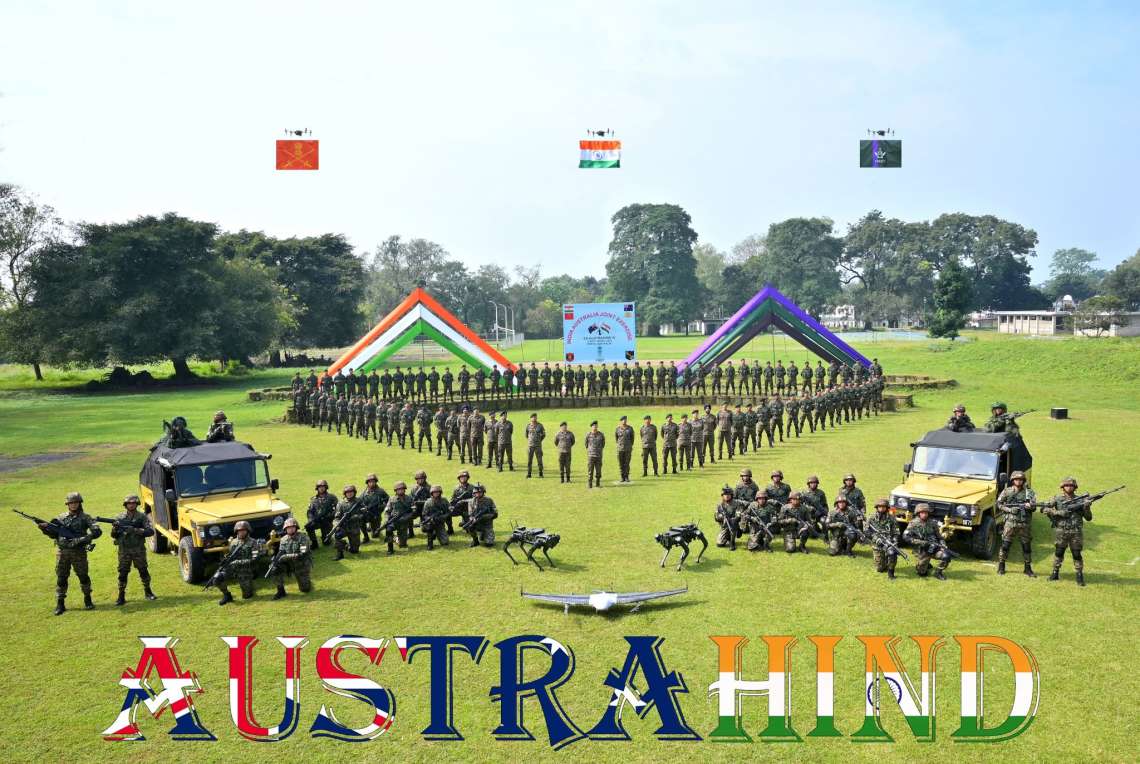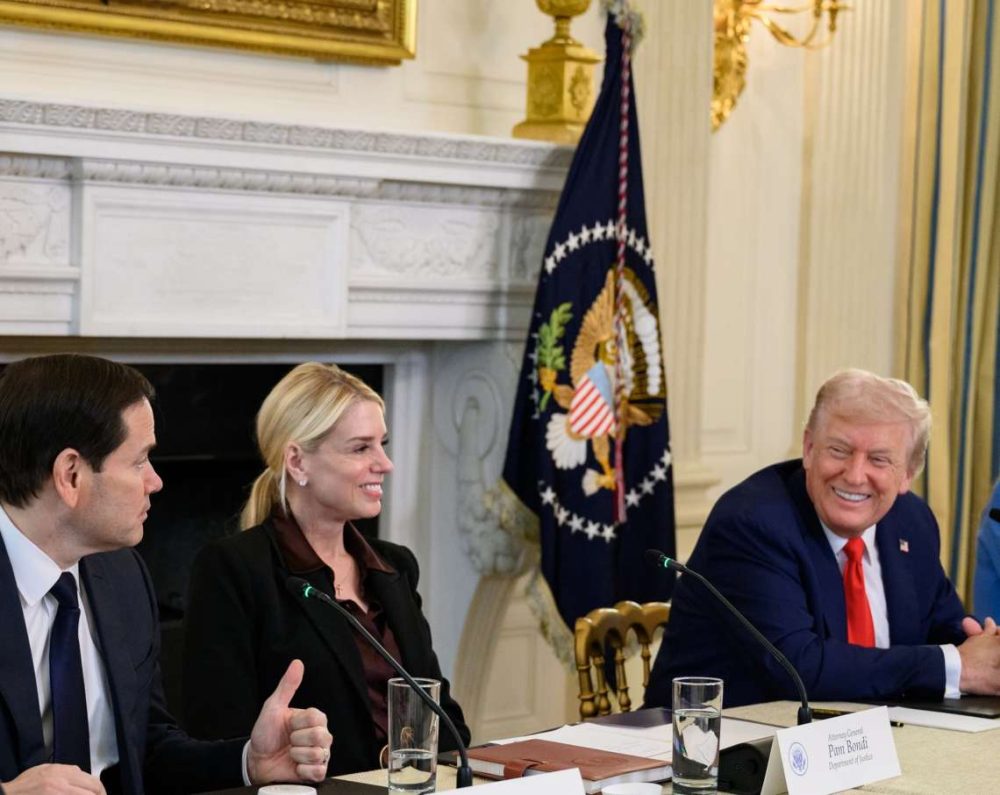Amidst the changing global order where a single-pole dominance wanes and multi-party governance gains importance, the conditions are ripe for strong and prosperous ties between New Delhi and Paris, writes Vice Admiral Shekhar Sinha
It is not often that an Indian Prime Minister has been invited by a French President to be the chief guest to review the Bastille Day parade on 14 July. But this year it was so. PM Modi was not only the chief guest but was also conferred upon with the highest civilian award, the Grand Cross of the Legion of Honor. Rare indeed. What does it reflect?
India’s rating, being a stable democracy, peaceful and fast-growing economy has jumped manifold. With the population going past that of China at 1.4 billion or so, the economic growth is bound to leap even further. From the position of 5th largest economy, it is expected to become the third largest in the world behind US and China. A richer India makes better prospect for business and investment compared to any other country particularly China which is causing much strain on EU due to geopolitical underpinnings.
Besides, PM Modi’s government has constantly worked to improve ease of doing business for foreign investors. For India, growth of trade is a necessity in order to raise the standards of living of the masses. Some 400 million population have been lifted above the poverty line and the rest is work in progress to improve upon Human Development Index. It is therefore in mutual interest of both, France, and India, to widen the trade canvas. India’s importance, geoeconomically as well as geopolitically, in the eyes of entire world has scaled up and France is no exception.

The China Factor
There is another compelling aspect—the geopolitical dynamic that is churning the world right now. With the rise of China, both economically and militarily, and its aggressive power display in South China Sea, disregard for international laws and economic coercion of less capable countries has rung alarm bells in the world. The power equation with the US having narrowed down, China is threatening to displace the US from the pinnacle of world power matrix. This has led to China’s wolf warrior diplomacy across all countries. Economic coercion (leading to debt trap) of littorals of the Indian Ocean Region and the Pacific has raised the antenna of the western world. Most of them have economic and strategic interest in these vast expanses of oceans.
The West is witnessing gradual buying out of loyalty of these heads of states by PRC and mitigation of its strategic advantage. France has territories in the southern India Ocean and near permanent presence in the Gulf, Gulf of Aden, and African coast line. China has been in a buying spree of strategic ports virtually at all choke points and continents, giving it worldwide presence. This is backed with rapid multiplication of PLAN assets in terms of aircraft carriers, destroyers, frigates, aircraft, submarines etc. It has built 3 Carriers already and intends to build three more. Clearly, the goal is to push the US out of first island chain and then dominate the pacific. This worries France too being an important member of the EU. Why does it find India a suitable partner, particularly in the IOR? India too has multiple challenges.
India and China have a long unresolved land border. In last 10 years there have been military clashes at least three times, last one being in 2020 in Galwan in Eastern Ladakh resulting in casualties on both sides. PRC has violated virtually all border agreements and transgressed in many spots. 18/19 rounds of military talks have still left two friction points unresolved, leading to unstable situation. Until the March 2020 position is returned to, India has decided to lid key bilateral talks. China is beginning to see the losses it is suffering by denial of access to huge Indian market.
Overall, there is convergence of interest of the West, which is under severe stress in its business with China due to geopolitical changes. To top it, COVID 19 pandemic and China’s zero covid policy has led to severe disruption of supply chains. Most industrialized countries, which have manufacturing units are in China, are looking for safer countries to relocate their plants. India is one of the countries where US, EU, Japan etc. are making beeline.

Atmanirbhar Bharat
After the Galwan clash, the Indian government has declared its intention of self- reliance of the digital age, without shutting its door to globalization. Under the Atmanirbhar Bharat doctrine, encapsuatiing Make-in-India for the world, India is focusing on defence manufacturing to make itself militarily more powerful and deter any further expansionism by China. With two nuclear powered neighbours, who have adversarial relations, India’s needs are urgent. This is where France finds another opportunity (apart from trade and commerce) to accelerate its strategic partnership. By manufacturing weapon platforms in India, it will have a permanent source of supply chain for its other customers in future.
Out of this, the most essential element is arguably fighter aircraft and jet engines for indigenous manufacturing for its homegrown future fighter aircraft. Here France makes a very reliable and natural partner.

Shared approach to strategic Autonomy
Historically, both France and India have demonstrated strategic autonomy often on the world stage. Even while being part of NATO, France has differed with the organization on several occasions in its national interest. This policy is near identical to India’s which has an independent foreign policy guided by its domestic compulsions. For example, at the commencement of Ukraine conflict, its views differed with Quad partners in criticising Russia. Subsequent sanctions by the US on import of Russian crude oil has not deterred India from buying oil from Russia.
Even when India conducted its nuclear test and came under US sanctions, France supported Indian experiment and continued with normal business. Even earlier, France provided the IAF with Mystere fighter jets in the sixties.
When the Indian Navy bought its first aircraft carrier, Vikrant from UK, France sold the Alize, an anti- submarine and Airborne Early Warning aircraft which was extensively used during the 1971 war. Later, the French sold one of the most modern fighters of its time –Mirage 2000 aircraft which continues to serve the IAF. For the Navy, France has license built Scorpene diesel submarines at MDL Mumbai. In the recent times it has also sold 36 Rafael fighter jets to IAF a 4.5 generation aircraft ahead of most fighters in technology. The best part of French purchases is that it has no strings attached. The logistics support and mid- life upgrades are forthcoming.
Given such background it is obvious that India’s French connection is well established and age old. Now that the established global order seems to be headed for a change, in that US is unlikely to be the only pole of power nor can China/Russia provide a second pole in a bipolar construct, the power asymmetry being quite large coupled with the fact that there is not enough following for single party system of governance, it is obvious that the objective conditions exist for New Delhi-Paris ties to prosper.
France has found this opportunity ripe to scale up its existing relationship with India particularly when PM Modi has concluded very successful visit to the US wherein historic decisions have been taken. One of the most important being co- production of GE 414 jet engines for Tejas Light combat aircraft with the proviso of 80% transfer of technology.
France has apparently made note of Indian MoD’s decision to purchase 26 Rafael Marine fighter jets to operate from its indigenous aircraft carrier Vikrant. Approval for co-development of Safran jet engine for AMCA indigenous fighter jets has been accorded which will see 100% transfer of technology.
Indian Navy’s submarine fleet will decommission number of platforms in the coming years. MDL has already built 5 Scorpene submarines. To best utilize the vacant production line and the skilled manpower available, France has agreed to help build 3 more Scorpenes which will replenish the fleet. Also, these will be fitted with DRDO developed Air Independent Propulsion units. These AIPs will increase the underwater endurance of the submarines significantly. It improves time on task and stealth to frustrate the adversary. French manufacturers will also help supervise the trials and certify safety. This is an important step for India to build its own AIP fitted submarines under yet to be tendered Project 75(I).
There is also a possibility of discussion on Small Modular Reactors of up to 300 MW(e) power capacity. These could be used in places which have restricted space for reactor fitment and provide power. The construction could be custom built and in a lesser timeframe. Navy has shown interest in SSNs (Nuclear Propulsion but Conventional Weapons) for quick positioning and achieving offensive initiative in areas of threat. The SMRs are ideally suited for such platforms. SMRs are very useful for nuclear power generation for smaller towns and industrial units. These are in line with India’s commitment for clean energy.
France is already manufacturing Low Level Quick Reaction Surface to Air Missiles in collaboration with DRDO.
Apart from these there has been agreement on healthcare, space, deep ocean mission, long term LNG purchase, joint development of space rocket launchers. The French President described the partnership with India as resilient in darkest storms and bold and ambitious in riding the high tides of opportunities.
Franco Indian strategic partnership has the potential of making India a robust power, both economic and military, to deter any adversarial conflict in the Indo Pacific and provide security to French and littoral’s interests. In fact, it sets a remarkable example of partnership.














